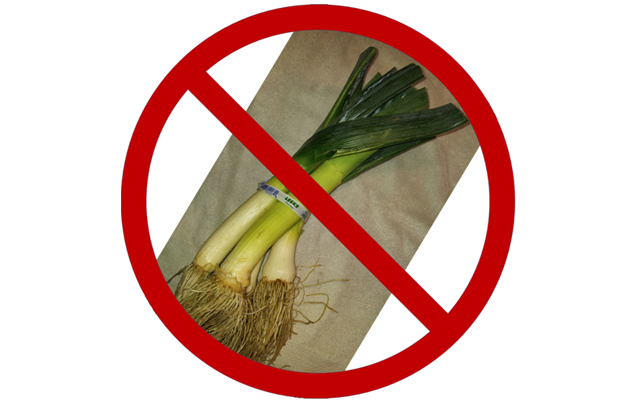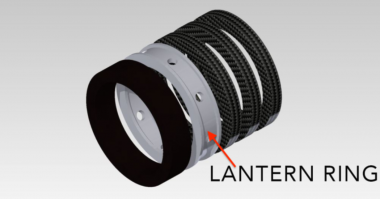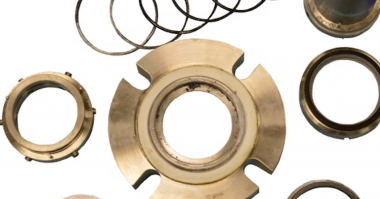Author: Henri Azibert
The concept of a seal is relatively simple. A liquid or gas needs to be contained, so a seal is used where all the solid parts containing the fluid are joined. A seal is also used where there are parts in relative motion like rotating or reciprocating shafts going inside housings. Fluid staying inside the container is the typical objective, although there are also times when keeping the environment out is the goal. It is straightforward. No leaks allowed!
Very quickly reality sets in and questions come up. It turns out that sealing is only a relative concept. What would appear to be a solid barrier impermeable to liquids or gases is not completely, absolutely, entirely impervious. Given enough pressure and time, an occasional molecule from the fluid can make its way through even a wall of steel. As measuring instruments get more and more sensitive, leaks of what could amount to a thimble full over a thousand years are detectable. Essentially, there is no such thing as leak tight. It all comes down to how much leakage exists, and what is acceptable leakage. For practical purposes, as long as the leakage is below a certain tolerable threshold, there is no leak. And that is a more appropriate measure.
One would assume that the first test is whether the leakage can be seen. A small stream or even drops will not be acceptable in most instances. But that is not necessarily the case. In particularly difficult applications, such as when there is extremely high speed in turbo machinery, or excessively high pressure or temperature, sealing really needs to be controlled only to the point that the machinery can operate. The leakage can be captured, re-routed, put back into the process or disposed of without any harm or problem. At that point leakage is viewed more in terms of fluid or gas consumption. The process is contained and controlled. No “leakage”, just “consumption”; perception can be an amazingly effective engineering tool.
For dynamic seals, the sealed fluid is most often used as lubrication to control heat generation of the contacting surfaces in relative motion. In those cases, fluid must go across the seal to lubricate it. We find ourselves in the situation where to operate properly, the seal must leak! This is well known for pump packing that is used to seal the shaft in pumps. Pump packing needs to leak in order to contain the process under a proper lubrication regime. And so, we get to this contradiction that to seal, the seal must leak!
Mechanical seals, elastomeric lip seals, hydraulic piston seals, all leak so they can seal. But, as we have seen, it is all a relative! One measure of acceptable leakage depends on whether it can be successfully captured. For condensing fluids at atmospheric pressure and ambient temperature, a drain and gravity will channel the liquid for disposal. On the other hand, if the fluid is vaporizing at ambient conditions, containing it once it has gone past a primary seal can become more of a challenge. As an example, water will routinely evaporate at the low leakage rates common in mechanical seals. Even though some of the process fluid is lost to the atmosphere, a small amount of water vapor is not considered leakage. It cannot be seen and does not need to be disposed of. But, what about all the chemicals that are harmful to the environment, such as Volatile Organic Compounds, (VOCs)? In that case, the capture gets to be more involved. Typically, an added seal beyond the primary seal is used to contain the vapors, so they can be properly routed, disposed of, burned in a flare, or captured and recompressed into the process.
What if that secondary seal or containment seal leaks some minute amount, and that minute amount is just not acceptable? We will need to rely on another fundamental force besides gravity, and that will be pressure. Leakage is pressure driven. A basic arrangement has been to bring a pressurized barrier between the primary seal and the atmosphere. A cavity between two seals is pressurized at a higher pressure than the process. This arrangement is used quite often in double mechanical seals, referred to in API 682 terminology as dual pressurized seals.
The barrier fluid must be compatible with the process, and harmless to the environment. It most often is water, oil, or nitrogen for gas seals. This barrier fluid leaks into the process and the atmosphere, but the process is entirely contained. There are leaks, but what is leaked is harmless. Of course, to pressurize requires energy, so the less is emitted, the less energy is required for the entire process.
No matter how we look at it, minimizing leaks is essential after all.


![Durlon Chemap® filters solve filtration tasks in a simpleand economic way [Case Study]](https://test.empoweringpumps.com/wp-content/uploads/2022/12/Durlon-Chemap®-filters-solve-filtration-tasks-in-a-simpleand-economic-way-Case-Study-7-380x199.png)


Comments